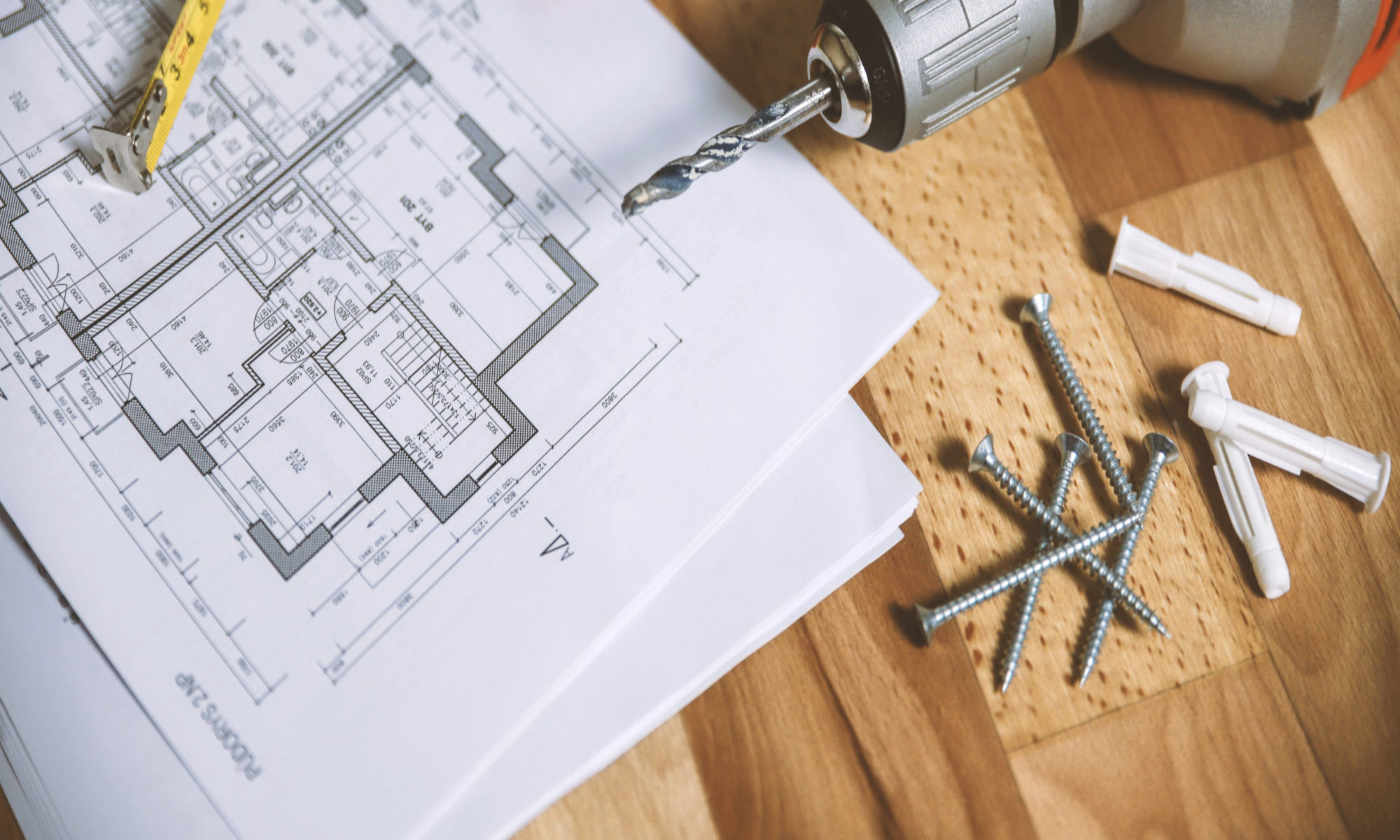I had a chance to help the technical support group yesterday and attended a meeting for troubleshooting. The meeting discussed a game plan for investing the problems and finding the root causes of the problems to solve. We used the parameter-diagram in the meeting because the problems and the root-causes were complicatedly interconnected.
Root-cause analysis with firefighting method
A typical root-cause analysis method is the firefighting. The SMEs (Subject Matter Experts) get together and bring their knowledge and experiences to the discussion to conclude one best solution which could solve a problem with the root-causes. If the solution didn’t solve the problem, then they start over the discussion with an additional information to conclude the second best solution. The firefighting repeats that process again and again until they solve the problems. If there is a great firefighter in the SMEs, this method is pretty effective. Otherwise the firefighting method could waste time and money.
Root-cause analysis with fish-bone diagram (Ishikawa diagram)
Another root-cause analysis method could use the fish-bone diagram (or Ishikawa Diagram) or the fault-tree. Unlike the firefighting method, this approach tries to find all root-causes before trying to solve a problem. The benefit of the fish-bone diagram is visualization. It can show all root-causes comprehensively. That is a reason why the fish-bone diagram is widely used in the root-cause analysis.
But there are a couple of limitations with the fish-bone diagram such as:
- Fish has one head, and it can analyze only one problem (or effect)
- A root-cause could effects on other problems, but the fish-bone diagram can not analyze it because of one head
Because of the limitations, the fish-bone diagram could not be used for analyzing many problems with many root-causes with their interconnections.
Also the root-cause analysis with the fish-bone diagram could easily go back to the firefighting method because it can only analyze one problem at once.
Parameter- Diagram (a.k.a P-Diagram)
The technical support team needed to address several problems, and the problems seemed to come from common root-causes which could interconnected each other. Because of complexity of the problems, the meeting used the parameter-diagram for the discussion.
The parameter-diagram not only has the same function of the fish-bone diagram but it also can address many problems (effects) and the root-causes at once.
The biggest advantage of the parameter-diagram is the compatibility with FMEA. After the parameter-diagram was created, it can be easily converted to the FMEA.
The FMEA can evaluate the severity of risks, the occurrence of root-causes, and the detect-ability of current control so that we can prioritize the action items to solve the problems.

